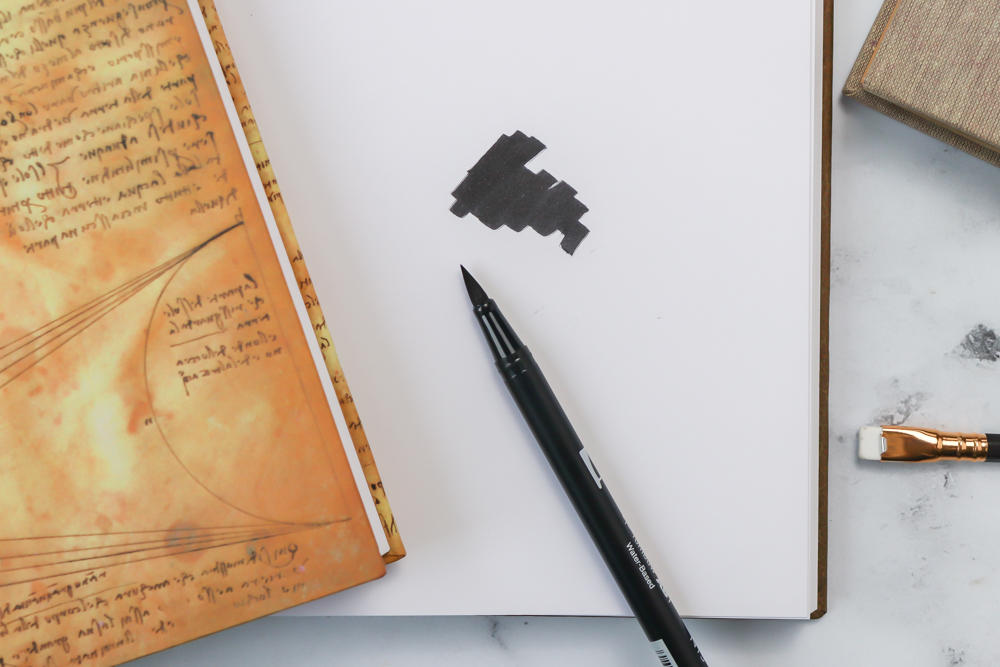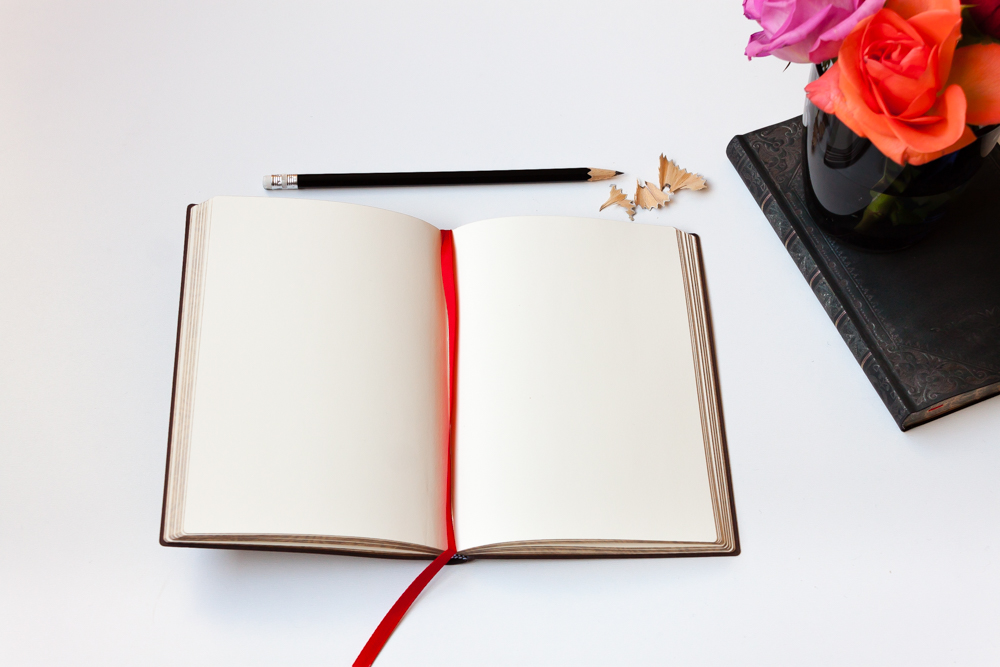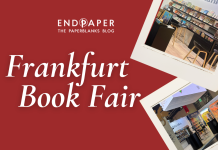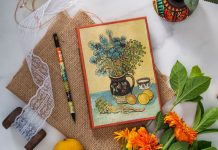However you choose to use your Paperblanks journal – whether that’s writing, sketching, painting, collaging or simply a space for you – the paper is a crucial part of the experience.
At Paperblanks we know that the quality of the paper is just as important as the cover design. That’s why we research the best possible paper sources, carry out fountain pen testing and follow up on each and every piece of feedback we receive in order to provide you with an enhanced writing experience. The result is a beautiful ivory colour paper that is gentle on the eyes in any lighting conditions.
If you’d like to discover more about the paper inside our journals, keep reading for four things to know about our process.
Paper Quality & GSM
Not all paper is created equal. When determining the quality of the paper, looking at its gsm (grams per square meter, also known as paper density) is the place to start. The higher the gsm, the thicker and heavier the paper will be. Generally, a higher number means greater opacity and less chance of ink bleed-through. You can find gsm information on every product page on our website.
Our paper weights usually vary depending on the size of book or type of cover. In general, the larger books use a heavier paper and smaller books use a lighter paper. This is not a firm rule as the type of paper also depends on the page count of the book and other considerations, but we always work hard to maximize the opacity of the paper we use.
The basic weight and grammage of our paper remains fairly consistent, and the guidelines below should help you determine whether or not a particular journal has the opacity you are seeking.
Here are our approximate typical paper weights listed in gsm:
Hardcover Journals:
- Mini and slim journals: 85 or 120
- Midi journals: 85 (journals with 176 pages) or 120 (all other journals)
- Ultra and grande journals: 120
Dot-Grid Planners:
- Ultra dot-grid planners: 100
- Maxi dot-grid planners: 120
Planners:
- 12-month week-at-a-time planners: 100
- 12-month day-at-a-time planners: 80
- 18-month week-at-a-time planners: 80
- Business planners: 80
Specialty Stationery:
- Address books: 120
- Guest books: 120
- Sketchbooks: 200
Softcover Flexi Notebooks:
- Midi and ultra softcover Flexi notebooks: 100
- Mini softcover Flexi notebooks: 80

Paper Texture
For all of our hardcover journals we use custom-designed laid paper that has a finely textured appearance.
Smooth paper in our planners and softcover Flexi notebooks provides a non-patterned surface that is perfect for writing.
For our sketchbooks we use world-renowned Fedrigoni paper, meaning the art paper is quality tested and trusted. Designed as the ideal mixed media sketchbook, their smooth, white 200 gsm paper will stand up to a variety of dry and wet mediums. And the pages are perforated, so you can remove your art for display!
Our Environmental Commitment
At Paperblanks we are committed to our mission of environmental responsibility. All of our paper is derived from sustainable forest pulp. In addition, our binder boards are made with 100% recycled materials.
A Notebook for Life
Our book blocks are made from acid-free paper, meaning that they will maintain their colouring and durability for generations to come!






Is the paper you use also lignin free?
this is great information you have published here, thankyou.
Hi Karlia,
Thanks for your question, and our apologies for missing it earlier! In case you are still wondering, if we have confirmed with our production team that our paper is lignin-free.